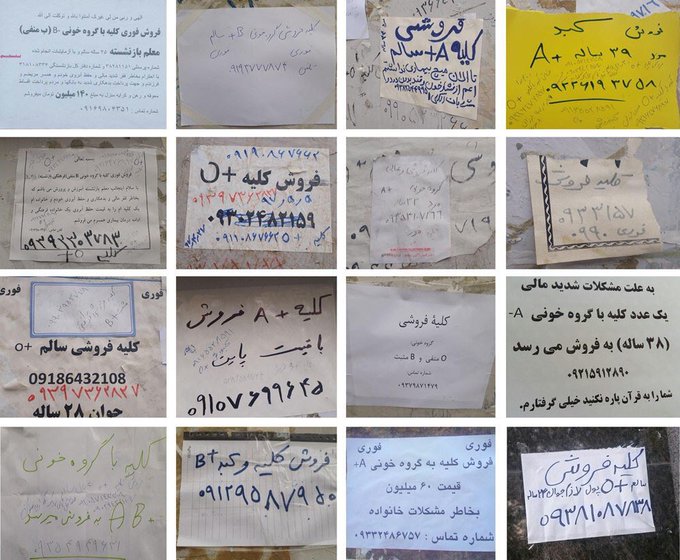The National Council of Resistance of Iran (NCRI), and the People’s Mujahedin of Iran (PMOI / MEK Iran), reported that a survey of household expenditure and income was recently released. One of the most prominent statistical projects of Iran’s Statistical Center, with a 50-year history.
Iranian domestic expenditures
The project’s overall goal is to calculate the average costs and income of an urban and rural household in the country and provinces. In 2020, 19,306 households in urban regions and 18,251 households in rural areas of the country were surveyed as part of this research.
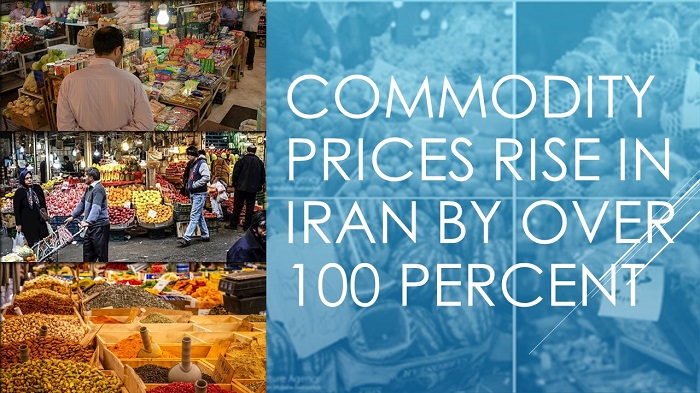
Urban and rural areas in 2020 reveal
Looking at the project’s most important results in urban and rural areas in 2020 reveals:
The average yearly net expenditure of an urban household was 621,392 Rials, up 31% from the previous year. The total yearly cost of living in a city household was 161,094 Rials, with a part of 26% tied to food and tobacco expenditures and a share of 74% linked to non-edible costs.
The average yearly household income in the city was 764,746 Rials, up 38 percent over the previous year. As a result, urban households’ average annual income growth will be higher than their average annual total expenditure in 2020. In urban families, wage-earning jobs accounted for 31.4 percent of income, agricultural and nonfarm freelance jobs accounted for 15.7 percent, and miscellaneous household income accounted for 52.9 percent.
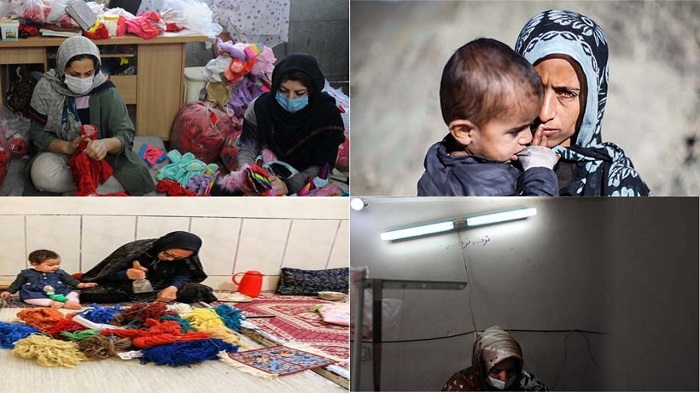
Iran’s Female Workers Struggle
Natural gas (public network) was the primary source of heat for 94.5 percent of urban households in 2020.
A rural household’s average yearly net expenditure was 340,679 Rials, up 30.5 percent from the previous year. The entire yearly cost of living in a rural home was 136,442 Rials, with 40% of the cost linked to food and tobacco and 204,237 Rials due to non-edible costs.
The average annual household income in rural areas was 420,470 Rials, up 41.6 percent from the previous year. 32.7 percent of wage and salary jobs, 29.7% of agricultural and non-agricultural freelancing jobs, and 37.5 percent of various family incomes have been supplied for rural households, according to data.
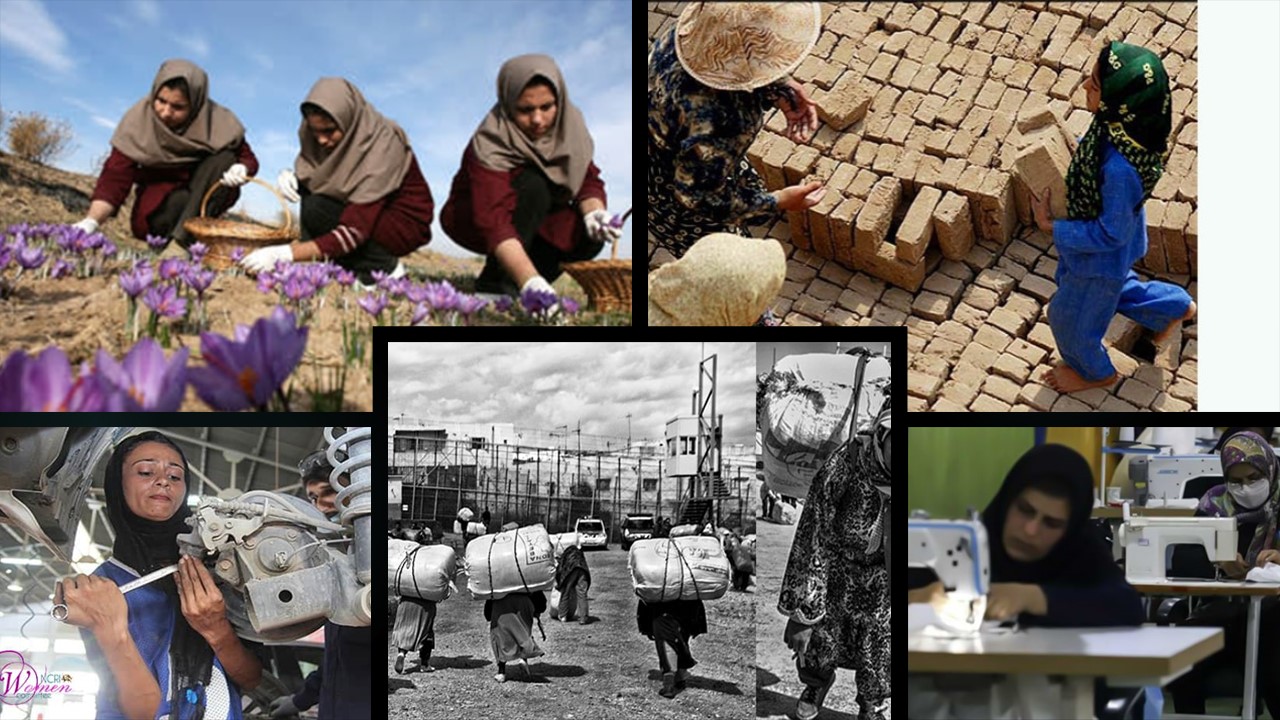
70% of working Iranian women lost their jobs
When comparing the percentage of rural households using major living appliances in 2019 to 2020, private vehicles increased from 32.7 to 34.1 percent, refrigerator-freezers increased from 50.4 to 52.7 percent, stoves increased from 98.4 to 98.8, vacuum cleaners increased from 65.9 to 67.5 percent, washing machines increased from 56.5 to 58.1 percent, dishwashers decreased from 0.5 to 0.4 percent, and microwave and halogen ovens decreased from 2.3 to 1.6 percent.
In 2020, 75.2 percent of rural households used natural gas (public network), while 13.3 percent used kerosene to heat their homes.
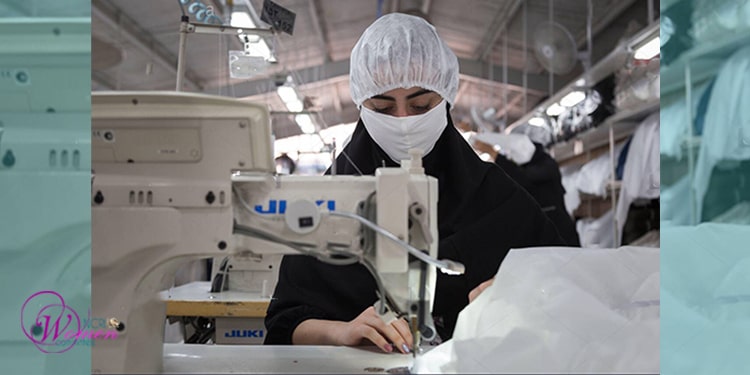
Bread has become the main food
The research also revealed some data on average household spending and income by province:
In 2020, the average yearly cost of an urban family showed that Tehran province had the greatest cost (957,016 Rials) and North Khorasan province had the lowest cost (351,943 Rials).
In 2020, Tehran province had the greatest average yearly income of an urban household at 1,098,118 Rials, while Sistan and Baluchestan provinces had the lowest at 478,831 Rials.
In 2020, the average yearly cost of a rural household showed that Alborz province had the greatest cost at 566,427 Rials, and Sistan and Baluchestan provinces had the lowest cost at 180,395 Rials.

MEK Iran (follow us on Twitter and Facebook)
and People’s Mojahedin Organization of Iran – MEK IRAN – YouTube


